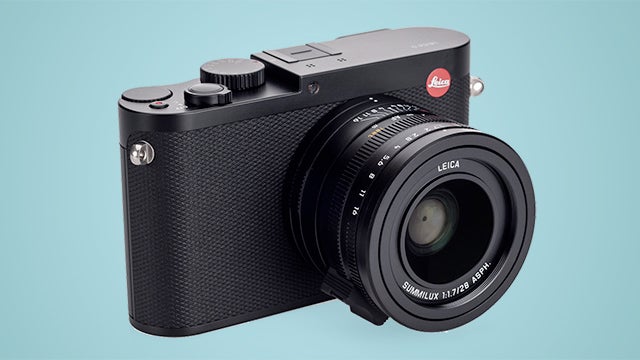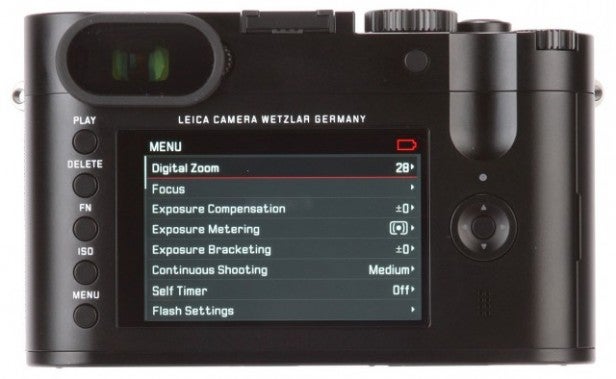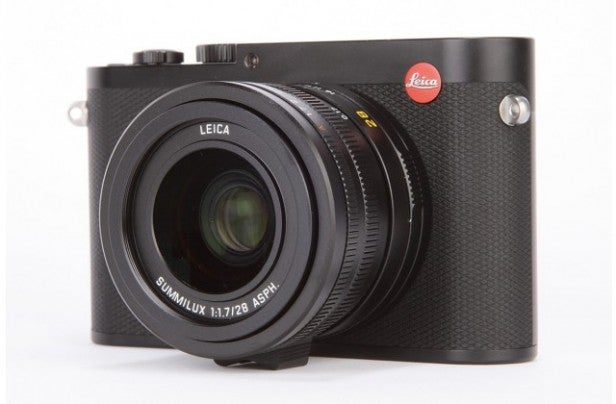Leica Q (Typ 116) Review - EVF, Screen and AF Review
EVF, Screen and AF
A £2,900 compact camera.

Sections
- Page 1 Leica Q (Typ 116) Review
- Page 2 EVF, Screen and AF Review
- Page 3 Lens, Image Quality Video and Verdict Review
Leica Q (Typ 116) – EVF and Screen
Intuitive control is one of the Leica Q (Typ 116)’s highlights, but the quality of the EVF is just as important if you’re after a traditional shooting style. This camera is the closest we’ve come to feature an EVF with the quality of an optical viewfinder.
With a 3.68m-dot resolution, it’s the sharpest EVF we’ve seen so far. This is equivalent to 1,280 x 960 pixels: somewhat similar to 720p, but with extra vertical pixel lines to make the viewfinder’s aspect closer to that of the actual camera sensor.

That extra level of sharpness makes the Leica Q (Typ 116)’s EVF the best yet for judging focus – again, making it feel more more natural to use. Although more advanced 5m-dot EVFs are in testing, we expect it will be some time before they make an appearance.
The Leica Q (Typ 116)’s screen is less remarkable. It’s a 3in 1.04m-dot LCD that, in usual high-end Leica fashion, doesn’t tilt. It’s a touchscreen, however, and touch focusing has been implemented wonderfully. Since you don’t have your eye locked onto the viewfinder, selecting the focus point is quick and easy.
Leica Q (Typ 116) – Features
Some might view Leica’s adoption of a touchscreen as the company moving away from its old-school roots, but it works well in the Leica Q (Typ 116). As does the NFC/Wi-Fi chip, which makes transferring images to your phone or tablet simple. The Leica Q app is available for Android and iOS. 
Leica Q (Typ 116) – Performance and AF
Burst performance is impressive too, offering 10fps shooting where the older Sony RX1R reaches only 5fps. This is pretty impressive speed for a full-frame camera, especially a small one at that.
What’s more of a surprise is focus performance. The Leica Q (Typ 116) uses a pure contrast-detection system, which monitors contrast in the sensor read-out to work out when a part of the image is in sharpest focus. Until very recently, this was all-out guaranteed to be slower than the phase-detection AF used by DSLRs.
Some non-DSLR cameras incorporate phase detection by placing special phase focus pixels on the sensor itself, but you don’t get any of that here. Given this, the Leica Q (Typ 116)’s focusing performance is extremely impressive. It’s almost indistinguishable from PDAF speeds in most conditions.
For those wanting to focus manually, you’ll be pleased to learn that this is well handled thanks to the lens focusing ring and excellent EVF.

